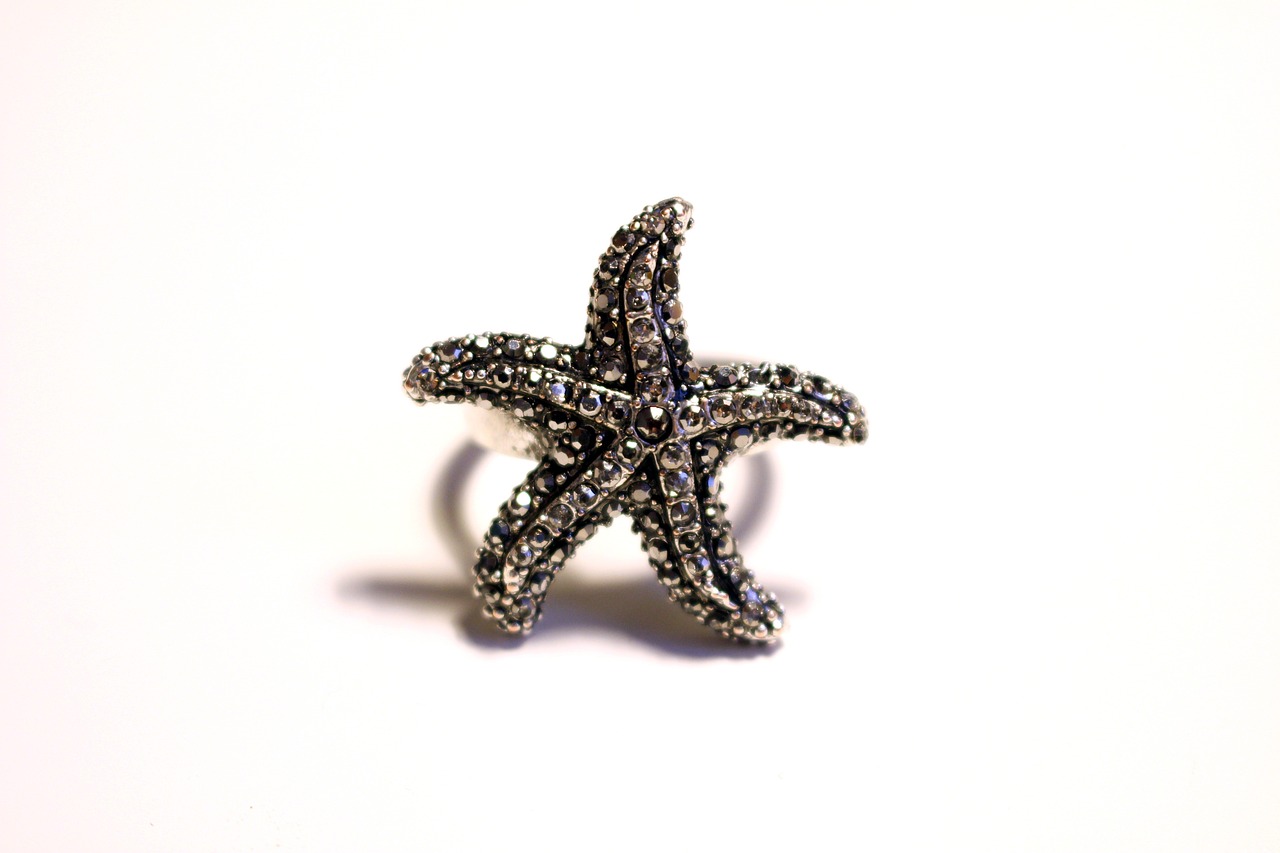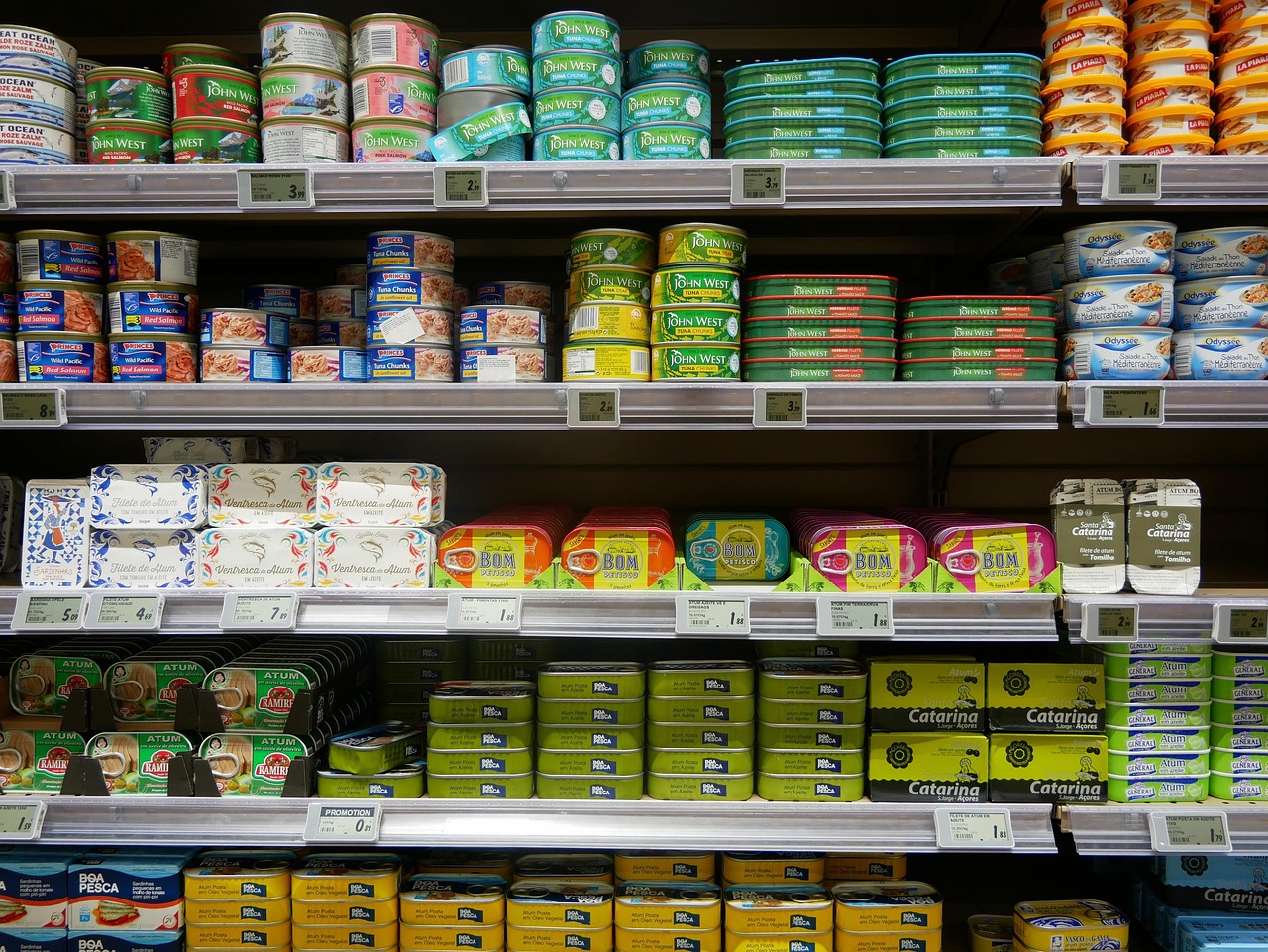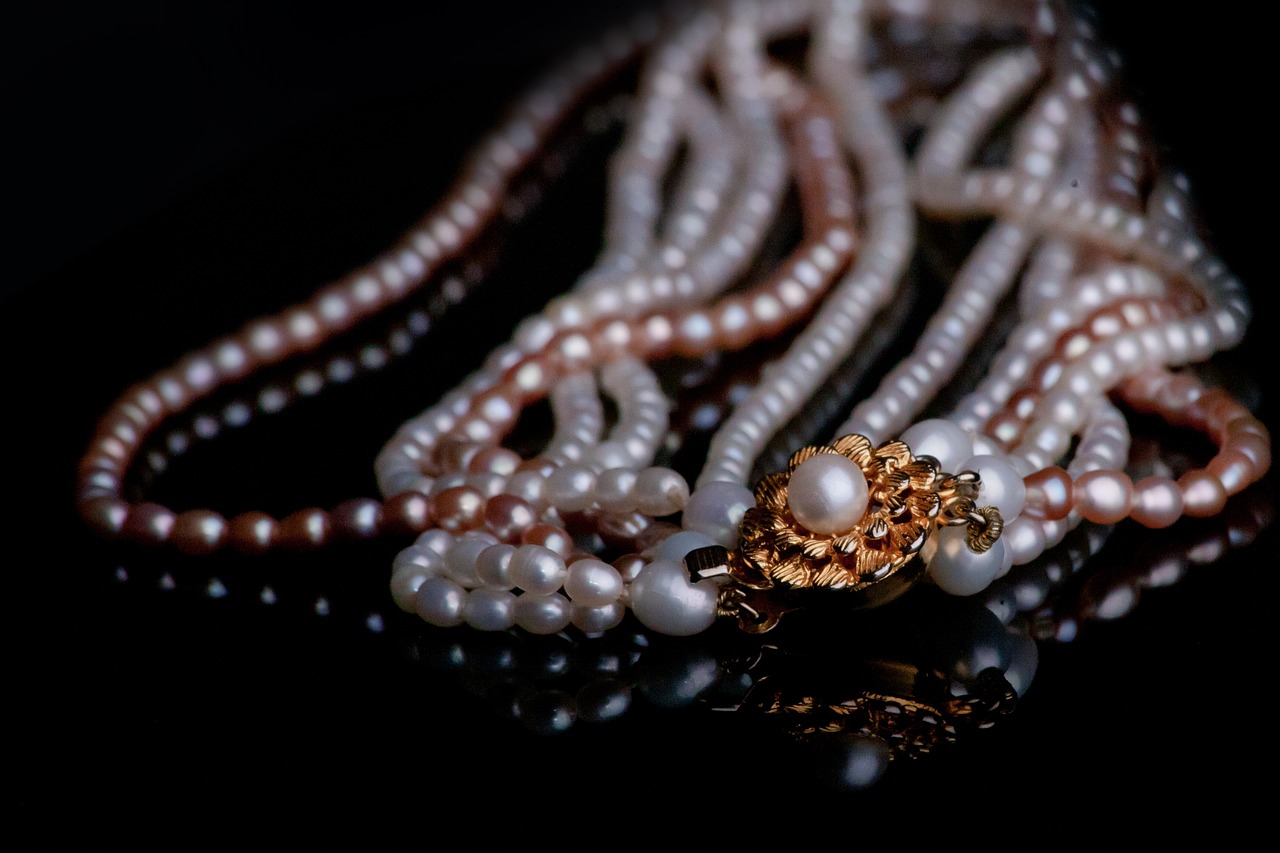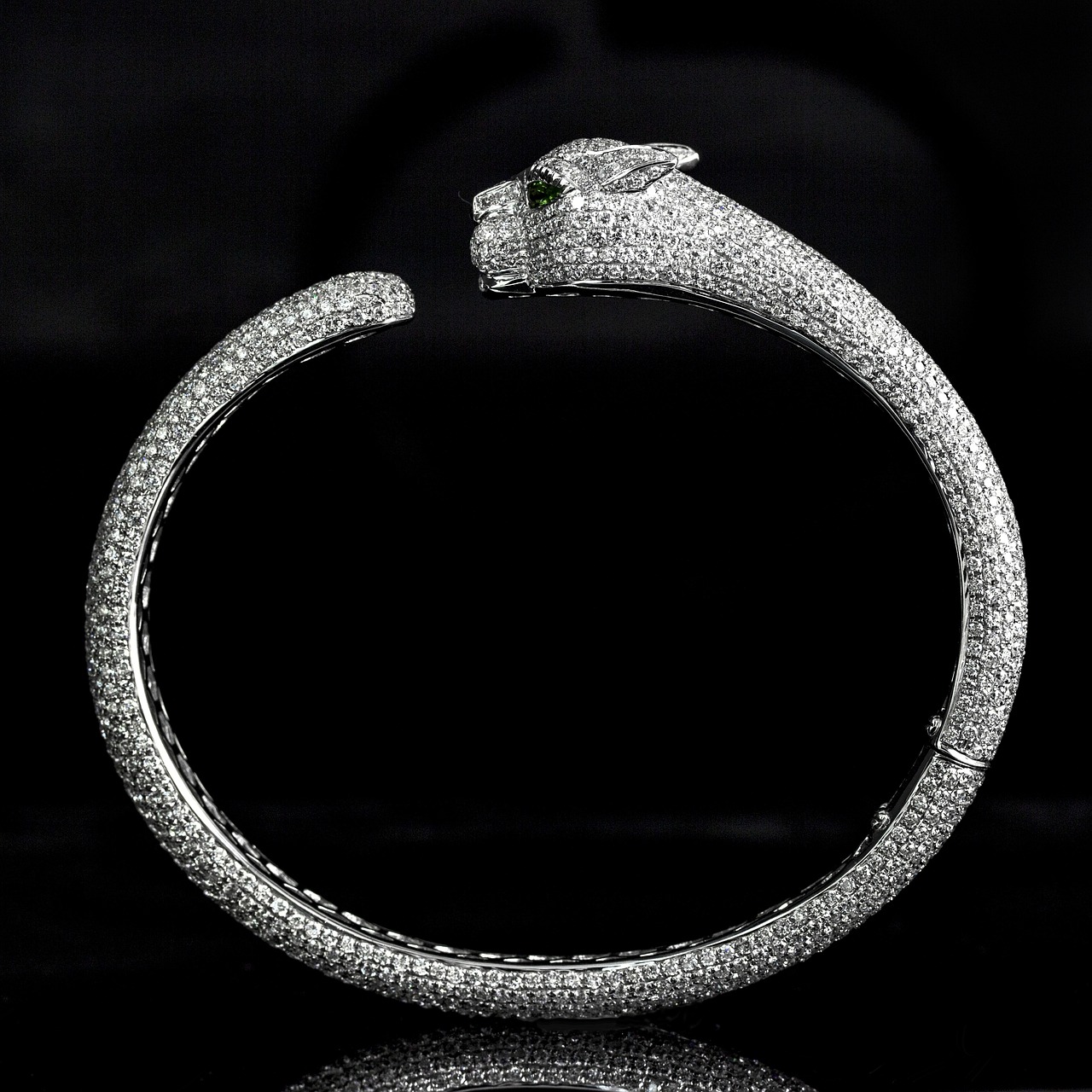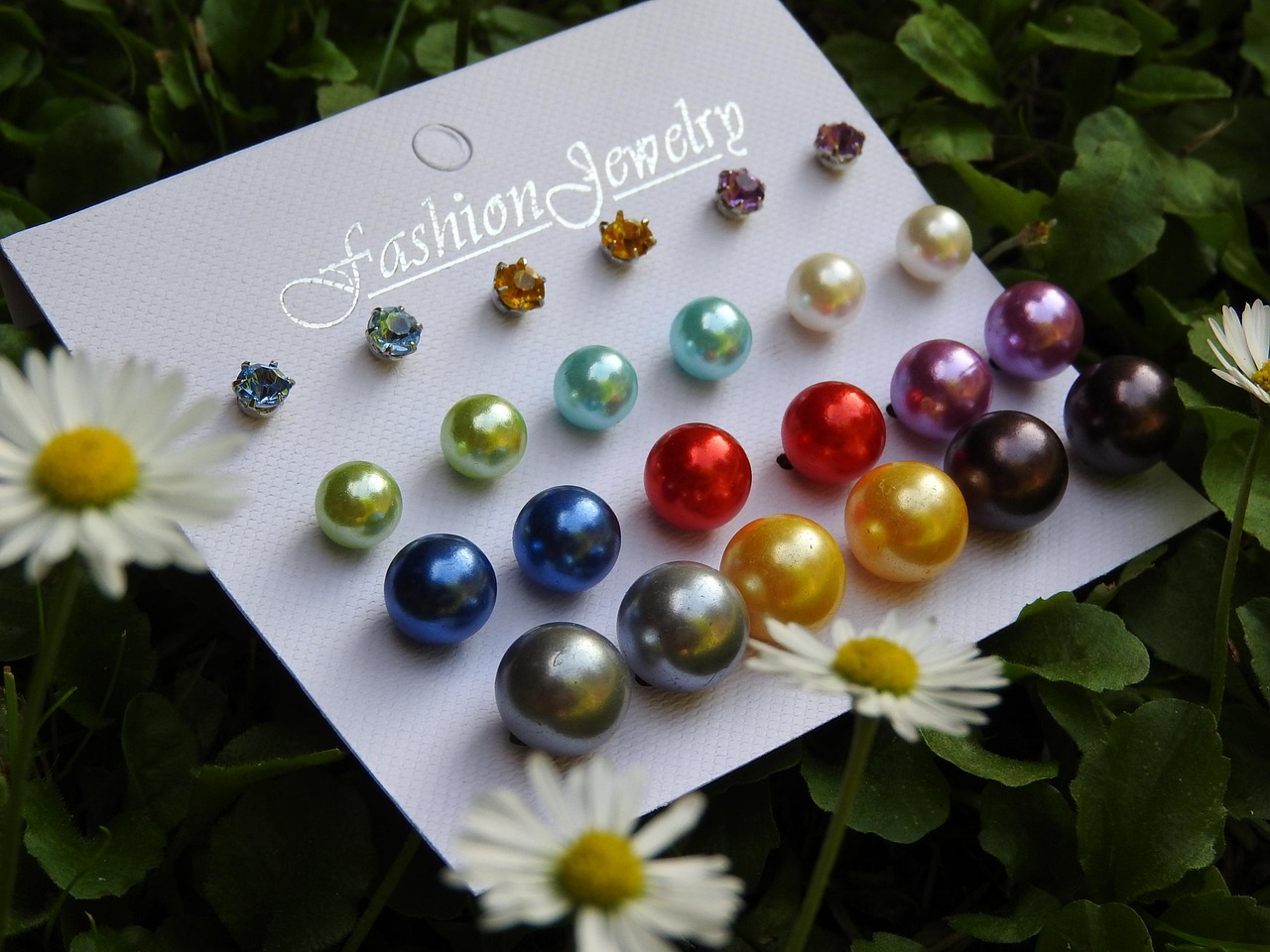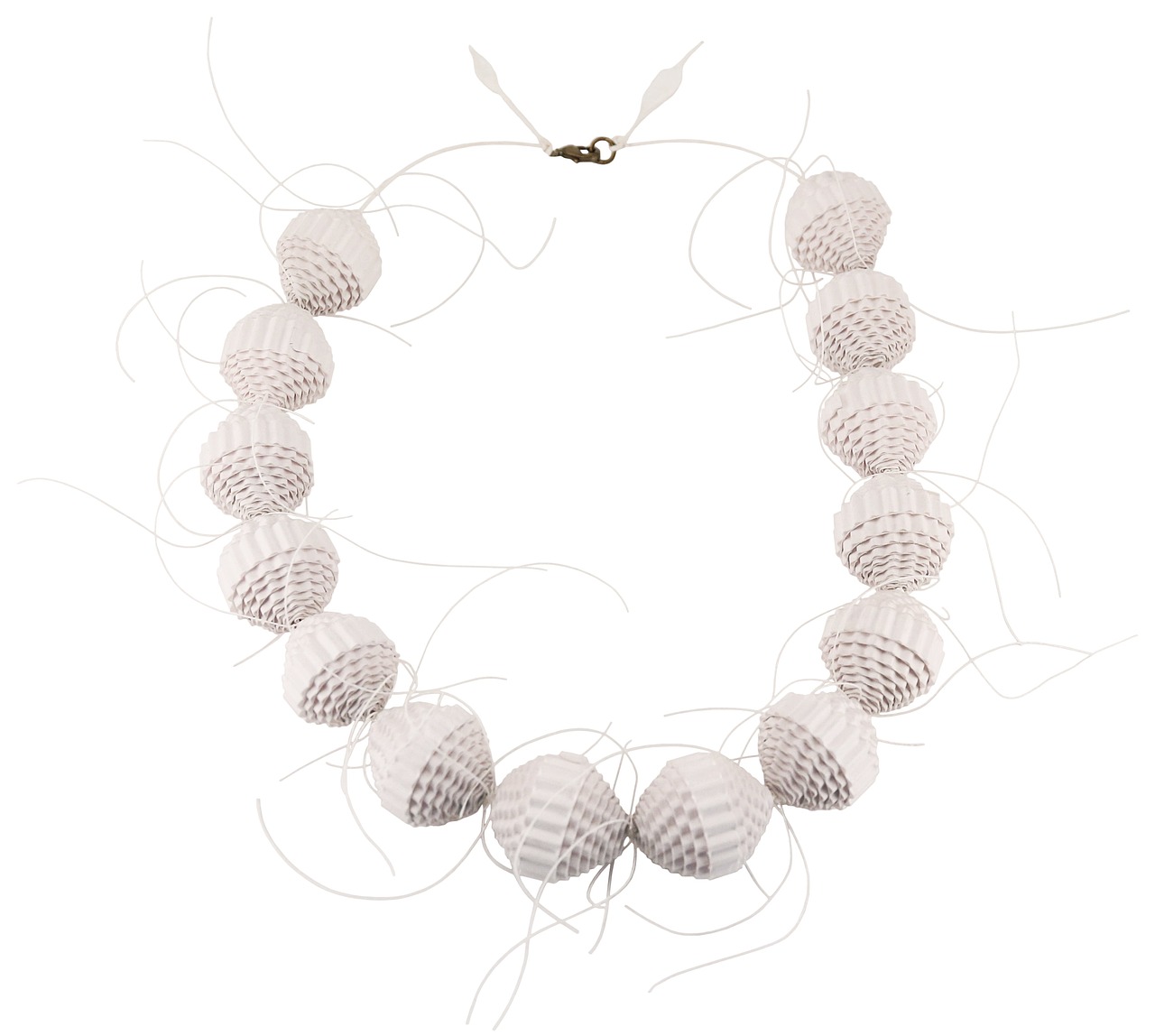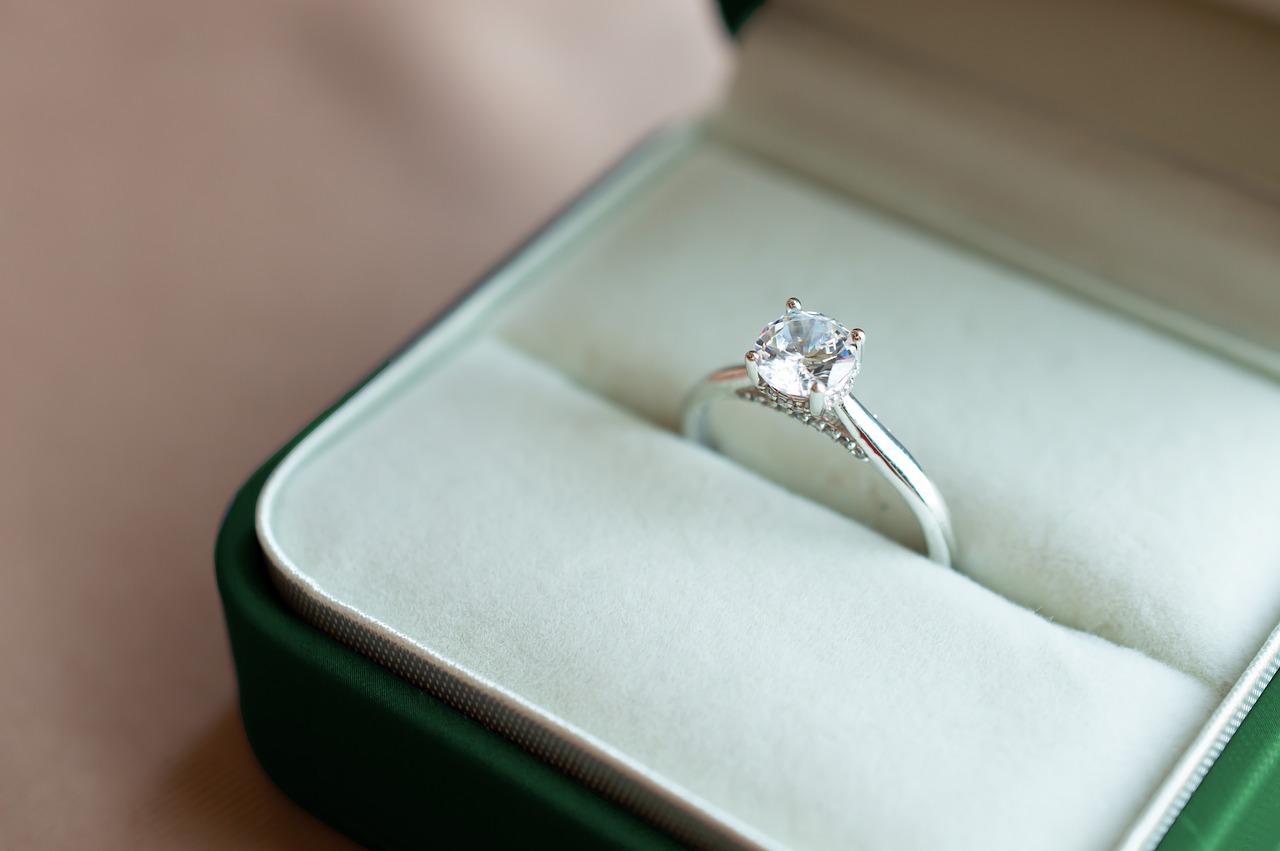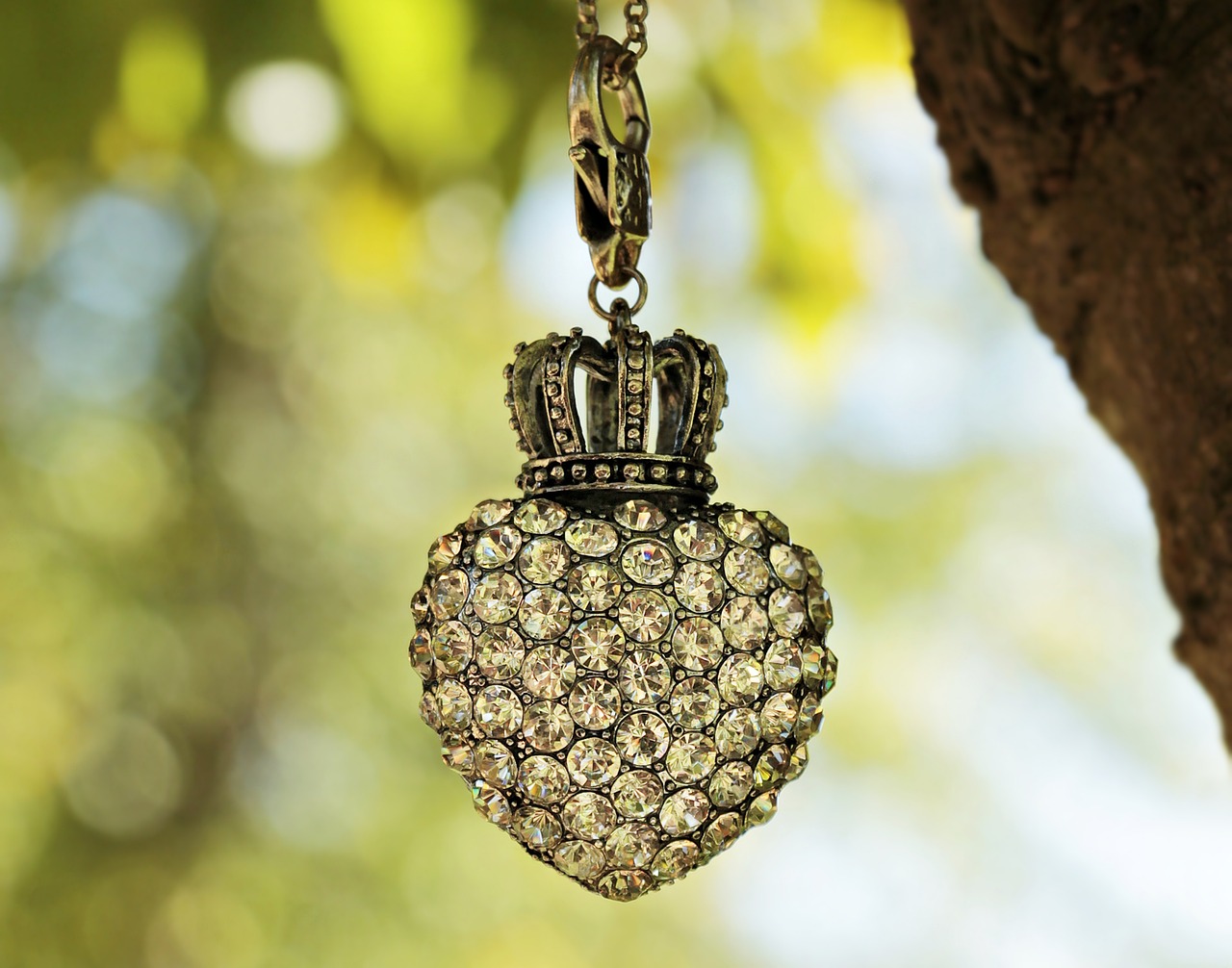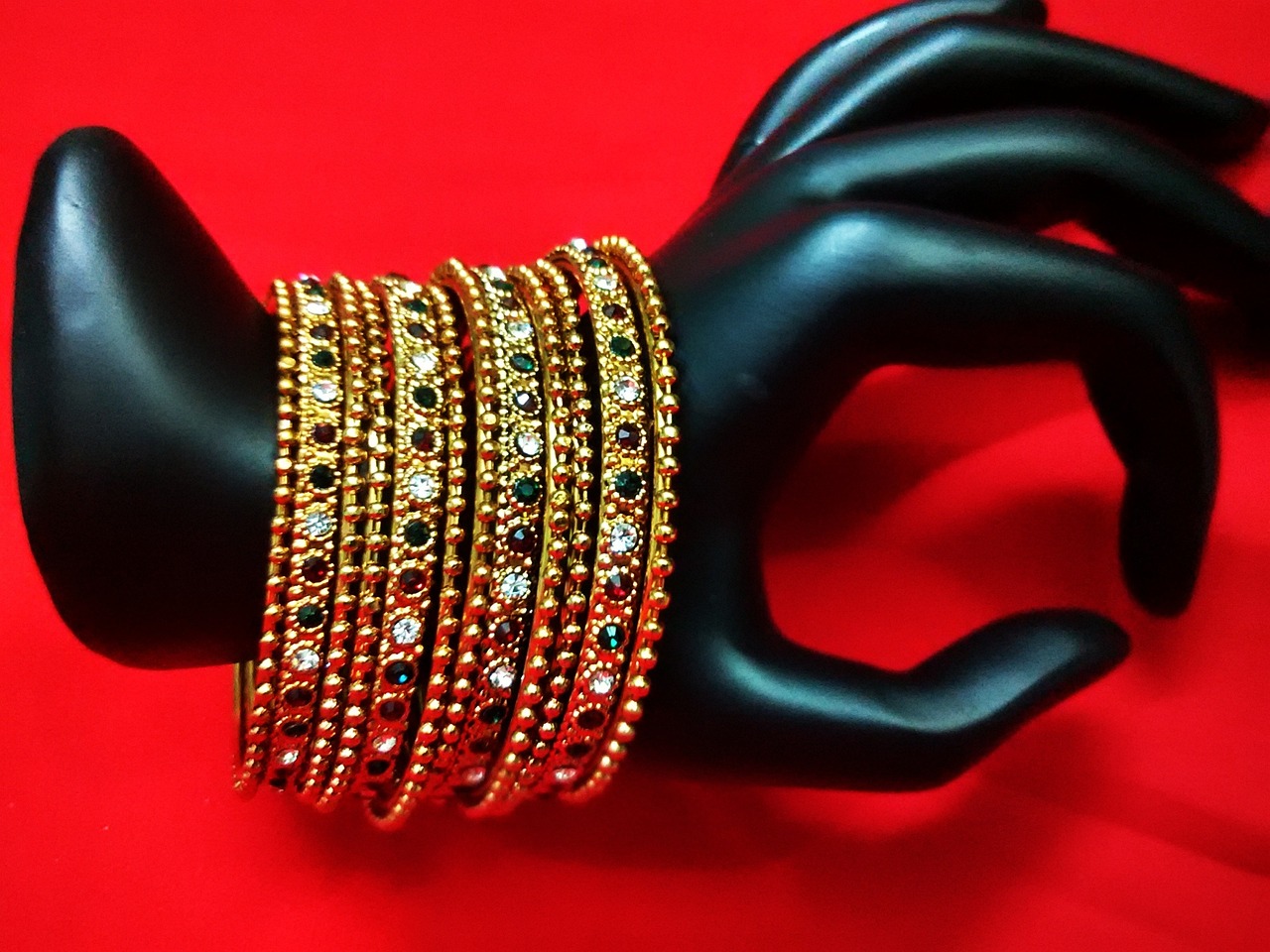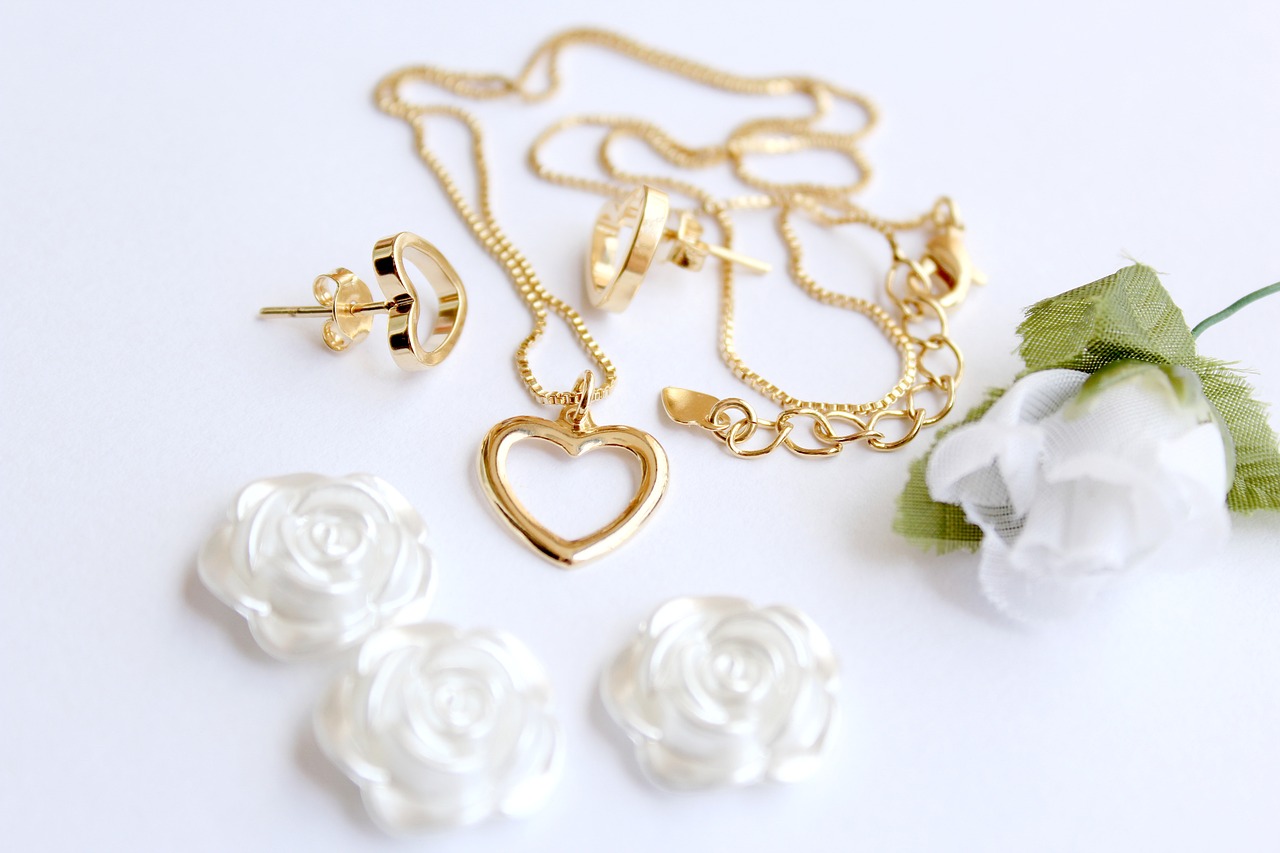This article delves into the intricacies of investing in gold jewelry, analyzing its value, market dynamics, and the advantages and disadvantages associated with this investment type. By the end of this piece, you will have a clearer understanding to aid in making informed decisions.
What Makes Gold Jewelry a Valuable Investment?
Investing in gold jewelry is not merely about the metal itself; it encompasses a variety of factors. The intrinsic value of gold jewelry is influenced by its purity, which is measured in karats, alongside the craftsmanship and the design intricacies. Additionally, the market demand plays a crucial role in determining its investment potential. Items crafted by renowned designers or brands often command higher prices due to their reputation and exclusivity.
How Does Gold Jewelry Compare to Other Investments?
When weighing investment options, it’s vital to compare gold jewelry with other assets such as stocks, bonds, and real estate. Gold jewelry can provide a sense of stability in times of economic uncertainty. Unlike volatile stocks, gold tends to maintain its value, making it an attractive option for those seeking to diversify their investment portfolio.
What Are the Market Trends for Gold Jewelry?
Understanding current market trends is essential for potential investors. Gold prices often fluctuate based on economic indicators, geopolitical events, and consumer behavior. Monitoring these trends can help investors determine the optimal time to enter the market. For instance, during economic downturns, gold prices typically rise, making it a sought-after asset.
What Are the Risks of Investing in Gold Jewelry?
As with any investment, there are risks involved in purchasing gold jewelry. Market volatility can impact prices, and the possibility of acquiring counterfeit items poses a significant concern. Additionally, the resale value of gold jewelry may not always meet initial expectations, making it crucial to conduct thorough research before making a purchase.
How to Authenticate Gold Jewelry Before Purchase?
Ensuring the authenticity of gold jewelry is paramount for investors. Techniques such as hallmark verification and acid testing can help confirm the quality and purity of the gold. Always buy from reputable sellers and inquire about certificates of authenticity to minimize the risk of counterfeits.
What Factors Influence the Value of Gold Jewelry?
- Gold Purity: Higher karat gold typically holds more value.
- Design: Unique or intricate designs can enhance value.
- Brand Reputation: Well-known brands often command higher prices.
- Condition: Well-maintained pieces are more desirable.
Where to Buy Quality Gold Jewelry for Investment?
Identifying trustworthy retailers is crucial when investing in gold jewelry. Look for certified jewelers and reputable online platforms. Always check customer reviews and ratings to ensure a positive buying experience.
How to Maintain Gold Jewelry to Preserve Its Value?
Proper care is essential for maintaining the aesthetic and monetary value of gold jewelry. Regular cleaning, safe storage, and avoiding exposure to harsh chemicals can help prevent wear and tear, ensuring the jewelry remains in excellent condition.
What Are the Tax Implications of Buying Gold Jewelry?
Understanding the tax implications is vital for investors. Depending on local regulations, capital gains tax and sales tax may apply when buying or selling gold jewelry. Consulting with a tax professional can provide clarity on these matters.
Is Gold Jewelry a Good Hedge Against Inflation?
Gold jewelry can act as a hedge against inflation, maintaining its value when currency fluctuations occur. Historical data suggests that gold has consistently performed well during inflationary periods, making it a prudent choice for those looking to protect their wealth.

What Makes Gold Jewelry a Valuable Investment?
Investing in gold jewelry has long been a topic of interest for many, especially those seeking to diversify their portfolios. Understanding the intrinsic value of gold jewelry involves examining its material worth, craftsmanship, and market demand, which together contribute to its overall investment potential. This multifaceted approach reveals why gold jewelry can be a sound investment choice.
The material worth of gold jewelry is primarily determined by its gold content, measured in karats. Higher karat gold, such as 18K or 24K, contains a greater percentage of pure gold, making it more valuable. The price of gold fluctuates based on global market conditions, so understanding these dynamics is crucial for investors. Additionally, the weight of the jewelry plays a significant role; heavier pieces typically command higher prices. Investors should also consider the current market price of gold when assessing potential value.
The craftsmanship involved in creating gold jewelry can significantly enhance its value. Unique designs, intricate detailing, and the reputation of the artisan or brand all contribute to the overall appeal. For instance, jewelry created by renowned designers or brands often carries a premium due to their established reputation for quality and design. Collectors and investors alike appreciate pieces that showcase exceptional artistry, as these can appreciate in value over time.
The market demand for gold jewelry is influenced by various factors, including fashion trends, cultural significance, and economic conditions. In many cultures, gold jewelry is not only a fashion statement but also a symbol of wealth and status. As demand increases, so does the potential for value appreciation. Moreover, during economic uncertainty, gold is often viewed as a safe-haven asset, further driving demand. Investors should stay informed about market trends and consumer behavior to make educated decisions.
When considering investment options, it is beneficial to compare gold jewelry to other assets like stocks and real estate. While gold jewelry may not offer the same liquidity as stocks, it can provide a hedge against inflation and economic downturns. Understanding these differences can help investors decide if gold jewelry aligns with their financial goals.
Investing in gold jewelry is not without its risks. Market volatility can affect the resale value, and there is always a risk of encountering counterfeit products. Buyers should be diligent in verifying authenticity and understanding the market landscape before making a purchase.
In summary, gold jewelry can be a valuable investment when assessed through the lenses of material worth, craftsmanship, and market demand. By staying informed and conducting thorough research, investors can make sound decisions that align with their financial objectives.

How Does Gold Jewelry Compare to Other Investments?
When evaluating investment opportunities, it is crucial to understand how gold jewelry stacks up against traditional assets like stocks, bonds, and real estate. Each investment type has its own set of characteristics, risks, and potential returns, making it essential for investors to consider their options carefully.
Investing in stocks can offer high returns, but it comes with significant volatility. In contrast, gold jewelry tends to maintain its value over time, acting as a safe haven during economic downturns. While stocks may yield higher growth potential, the stability of gold jewelry can be appealing, especially for conservative investors looking to diversify their portfolios.
Bonds provide fixed income and are generally considered low-risk investments. However, they may not offer the same level of appreciation as gold jewelry. While bonds pay interest, gold jewelry can appreciate in value due to its intrinsic worth and market demand. Investors seeking both income and potential capital gains might find gold jewelry to be an attractive complement to their bond holdings.
Real estate investments can yield substantial returns, but they often require significant capital and involve ongoing maintenance costs. In contrast, gold jewelry is more liquid; it can be bought and sold with relative ease in various markets. The demand for gold jewelry remains strong globally, driven by cultural significance and fashion trends, making it a potentially lucrative investment.
The value of gold jewelry can fluctuate based on various economic factors, such as inflation rates and currency strength. Analyzing these market trends can help investors determine the optimal time to buy or sell. While gold prices can be volatile, historical data shows that gold often retains its value during economic crises, making it a reliable asset for long-term investment.
While gold jewelry has many advantages, there are risks associated with this investment. Market volatility can affect the price of gold, and the potential for counterfeit products poses a significant risk for buyers. Additionally, the resale market can be unpredictable, and investors should be prepared for possible losses if they need to sell quickly.
To ensure that you are investing in genuine gold jewelry, it is essential to authenticate pieces before purchase. Techniques such as hallmark verification and acid testing can help buyers avoid counterfeit items, thereby protecting their investment.
Several factors can significantly influence the value of gold jewelry, including gold purity, design, brand reputation, and overall condition. Understanding these elements can help investors make informed decisions when purchasing gold jewelry.
Identifying reputable retailers and marketplaces is essential for purchasing quality gold jewelry. Trusted jewelers and certified online platforms can provide assurance and value, reducing the risk of counterfeit products.
Proper care and maintenance are vital for preserving the aesthetic and monetary value of gold jewelry. Regular cleaning and safe storage can prevent wear and tear, ensuring that your investment remains in top condition.
Understanding the tax implications of purchasing gold jewelry is essential for investors. Depending on local regulations, capital gains tax and sales tax may apply, impacting the overall profitability of the investment.
Gold jewelry can serve as a hedge against inflation, providing a stable value when currency fluctuations occur. Exploring historical data can offer insights into its effectiveness as an inflationary safeguard.

What Are the Market Trends for Gold Jewelry?
Understanding the market trends for gold jewelry is essential for anyone considering it as an investment. The dynamics of gold prices are influenced by various factors, including economic conditions, consumer demand, and investor sentiment. By analyzing these trends, investors can make informed decisions about when to buy or sell gold jewelry.
The price of gold jewelry often reacts to changes in the economy. Inflation, for instance, tends to drive investors towards gold as a safe haven. When inflation rises, the purchasing power of currency decreases, leading many to invest in gold to preserve their wealth. Similarly, during economic downturns, gold prices typically rise as investors seek stability.
Consumer demand plays a crucial role in determining the price of gold jewelry. In regions like India and China, where gold jewelry is culturally significant, demand spikes during festivals and wedding seasons. This seasonal demand can lead to price fluctuations. Additionally, the growing trend of gold as an investment asset rather than merely a decorative item has also contributed to increased demand.
Consumer behavior significantly influences gold prices. As more people become aware of gold’s investment potential, there is a shift from viewing gold solely as jewelry to recognizing it as an asset. This change in perception can drive prices higher, especially during times of economic uncertainty. Furthermore, trends such as sustainable and ethical sourcing of gold are becoming increasingly important to consumers, affecting purchasing decisions and market trends.
Gold prices are not only affected by local factors but also by global market trends. Events such as geopolitical tensions, changes in interest rates, and fluctuations in the value of major currencies like the US dollar can lead to significant price adjustments. For instance, when the dollar weakens, gold becomes cheaper for foreign investors, increasing its demand and driving prices up.
For investors, understanding when to buy gold jewelry is critical. Analyzing market trends, including historical price movements, can provide insights into optimal buying times. Typically, purchasing gold during periods of lower demand or price dips can yield better returns in the long run. Tools such as technical analysis and market forecasts can assist investors in making timely decisions.
Looking ahead, experts predict that gold jewelry will continue to be a popular investment choice. With ongoing economic uncertainties and potential inflation, many analysts believe that gold will maintain its status as a reliable asset. Keeping an eye on emerging trends, such as the increasing popularity of gold ETFs and digital gold, can also provide insights into the future of gold investments.
In conclusion, analyzing current market trends is vital for understanding how gold prices fluctuate. By considering economic factors, consumer behavior, and global influences, investors can better gauge the right time to buy gold jewelry. This knowledge not only aids in making informed investment decisions but also helps in navigating the complexities of the gold market.
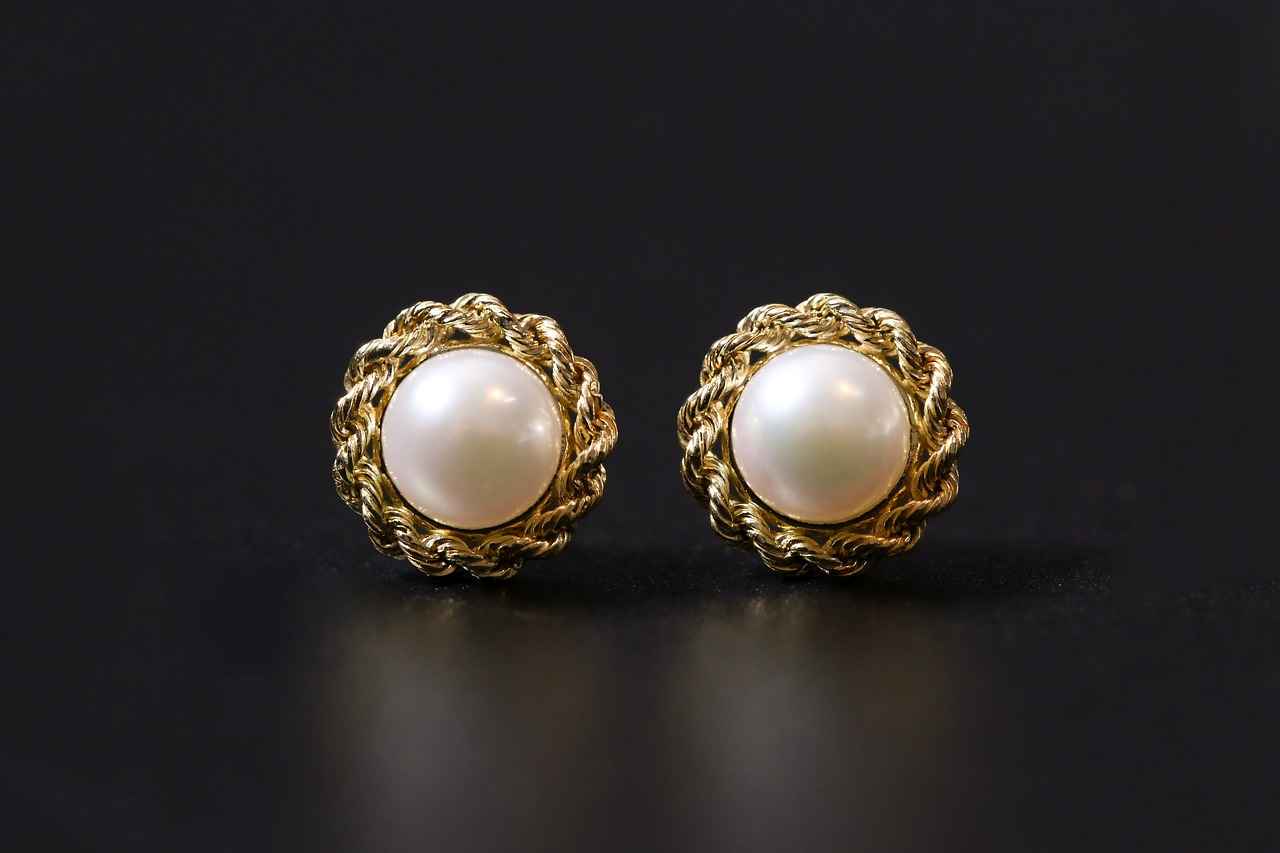
What Are the Risks of Investing in Gold Jewelry?
Investing in gold jewelry can be an appealing venture for many, but it is essential to understand the risks involved before making any purchases. While gold has historically been viewed as a safe haven asset, the jewelry market presents unique challenges that potential investors must navigate.
One of the primary risks associated with investing in gold jewelry is market volatility. The price of gold can fluctuate significantly due to various factors, including economic conditions, geopolitical tensions, and changes in consumer demand. This volatility can impact the resale value of gold jewelry, making it crucial for buyers to monitor market trends closely.
Another significant risk is the potential for counterfeit products. The gold jewelry market is not immune to fraud, and counterfeit items can be challenging to identify without proper expertise. Buyers must be vigilant and consider purchasing from reputable jewelers or certified platforms to mitigate this risk.
The challenge of resale is another factor that investors should carefully consider. Unlike gold bullion or coins, which can be sold more easily in the market, gold jewelry may not always attract the same level of interest from buyers. Factors such as design, brand reputation, and condition can significantly influence resale value, making it essential for investors to understand these nuances before committing their funds.
Additionally, maintenance costs can add to the overall investment risk. Gold jewelry requires proper care to maintain its appearance and value. This includes regular cleaning and safe storage, which can incur additional costs over time. Investors must factor in these expenses when evaluating the overall profitability of their gold jewelry investments.
Moreover, there are emotional factors to consider. Gold jewelry often carries sentimental value, which can cloud judgment when it comes to selling. Investors may find it challenging to part with pieces that hold personal significance, potentially leading to losses if they are unwilling to sell during market downturns.
Finally, understanding the tax implications of investing in gold jewelry is crucial. Depending on local regulations, capital gains tax and sales tax may apply when selling jewelry, which can eat into potential profits. Buyers should consult with a tax professional to fully understand these implications before making any investment decisions.
In summary, while investing in gold jewelry can offer unique opportunities, it is essential to be aware of the inherent risks. From market volatility and counterfeit products to resale challenges and maintenance costs, potential investors should conduct thorough research and consider their options carefully. By being informed and prepared, investors can navigate the complexities of the gold jewelry market and make more informed investment choices.
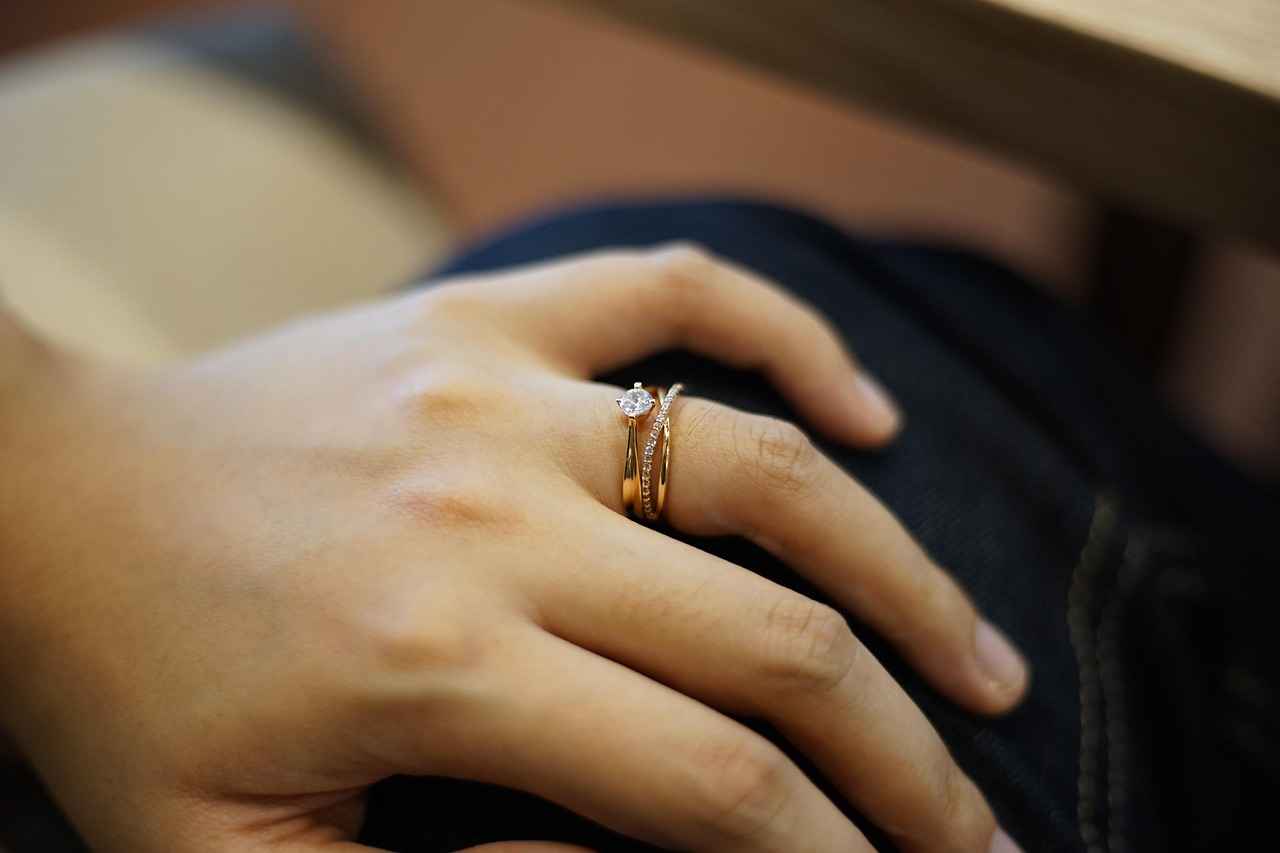
How to Authenticate Gold Jewelry Before Purchase?
When it comes to investing in gold jewelry, ensuring its authenticity is of paramount importance. With the rise of counterfeit items in the market, buyers must be equipped with the knowledge and tools to verify the legitimacy of their purchases. This section outlines essential techniques for authenticating gold jewelry before making a purchase.
Hallmark verification is one of the most common methods used to authenticate gold jewelry. Hallmarks are small stamps or engravings that indicate the purity of the metal. In many countries, these marks are regulated and must adhere to specific standards. For example, a hallmark of 750 indicates that the item is 18 karats gold, while 585 signifies 14 karats. Buyers should familiarize themselves with the hallmarking system in their region and verify that the marks are present and correct on the jewelry they intend to buy.
Acid testing is another effective method for verifying the authenticity of gold jewelry. This technique involves applying a small drop of acid to the jewelry piece. Different concentrations of acid react differently with various karats of gold. If the acid does not change color, the gold is likely genuine. However, this method should be performed by a professional jeweler, as improper use can damage the item.
Seeking a professional appraisal can provide buyers with an expert evaluation of the jewelry’s authenticity and value. Certified appraisers have the knowledge and tools to conduct thorough assessments, including examining the craftsmanship, gold content, and overall condition of the piece. This service can be invaluable, especially for high-value investments.
- Weight Comparison: Genuine gold is heavier than many counterfeit alternatives. If the piece feels unusually light, it may not be real gold.
- Magnet Test: Gold is not magnetic. If a piece is attracted to a magnet, it likely contains other metals.
- Visual Inspection: Look for signs of wear, discoloration, or poor craftsmanship. Genuine gold jewelry often has a high-quality finish.
When purchasing gold jewelry, always ask for documentation. Reputable sellers should provide certificates of authenticity, receipts, and any relevant appraisal reports. This paperwork not only verifies the authenticity of the piece but also serves as proof of purchase, which is crucial for future resale or insurance purposes.
Failing to authenticate gold jewelry can lead to significant financial losses. Counterfeit items often have little to no resale value and can mislead buyers into overpaying for their purchases. Additionally, investing in non-genuine gold can tarnish the overall experience of collecting and investing in fine jewelry.
In conclusion, taking the time to authenticate gold jewelry before purchase is a critical step for any investor. Employing techniques such as hallmark verification, acid testing, and professional appraisals can help buyers make informed decisions and avoid the pitfalls of counterfeit products. Knowledge and diligence are key to ensuring a successful investment in gold jewelry.
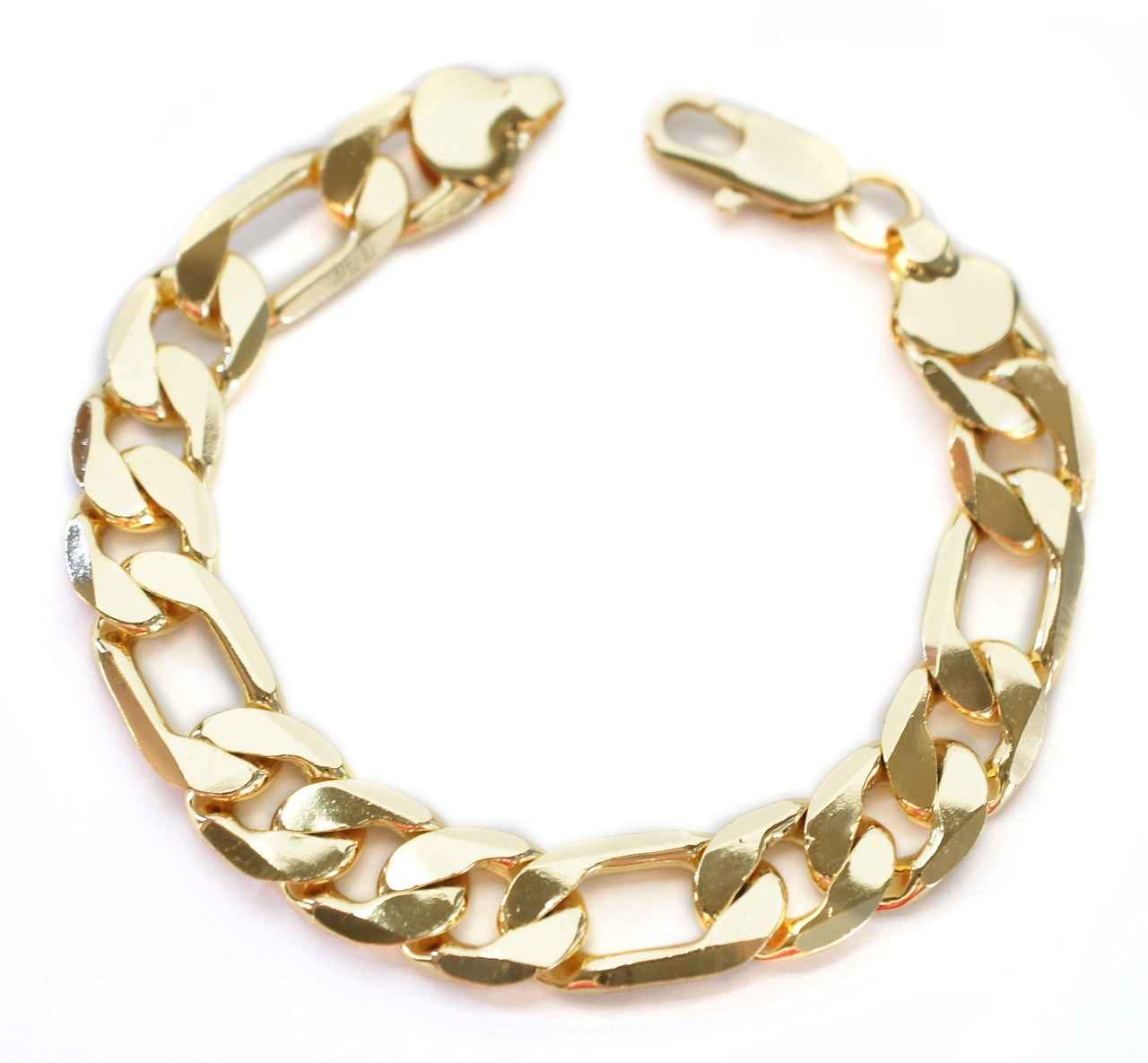
What Factors Influence the Value of Gold Jewelry?
When it comes to investing in gold jewelry, understanding the various factors that influence its value is crucial for making informed decisions. Several key elements play a significant role in determining the worth of gold jewelry in the investment landscape.
- Gold Purity: The purity of gold is measured in karats, with 24 karats representing pure gold. Jewelry with higher karat ratings generally holds more value due to its greater gold content. For instance, 18-karat gold contains 75% gold, making it more valuable than 14-karat gold, which consists of only 58.3% gold. Investors should always check the karat mark to assess the purity before purchasing.
- Design and Craftsmanship: The design intricacies and craftsmanship of gold jewelry can significantly enhance its value. Unique, handcrafted pieces or those created by renowned designers often command higher prices. Artistic details, such as intricate engravings or gemstone embellishments, can also contribute to the overall appeal and investment potential of the piece.
- Brand Reputation: The brand associated with the jewelry plays a vital role in its valuation. Established brands with a strong reputation for quality and craftsmanship often see their products retain or appreciate in value over time. Collectors and investors tend to favor pieces from prestigious brands, as these items often come with a guarantee of quality and authenticity.
- Condition: The physical condition of the jewelry is paramount. Pieces that are well-maintained, with minimal scratches or damage, will naturally have a higher value. Conversely, items that show signs of wear or require repairs may decrease in worth. Regular maintenance and careful storage can help preserve the condition of gold jewelry.
- Market Demand: The demand for gold jewelry can fluctuate based on economic conditions and consumer preferences. During times of economic uncertainty, gold often becomes a sought-after asset, driving up its value. Conversely, trends in fashion and style can also impact the desirability of specific designs or types of jewelry.
- Historical Significance: Jewelry with historical or cultural significance can also fetch a premium price. Vintage pieces or those linked to significant events or figures in history are often viewed as collectibles, increasing their investment potential.
In conclusion, when considering gold jewelry as an investment, it is essential to evaluate these factors comprehensively. By understanding the intricacies of gold purity, design, brand reputation, condition, market demand, and historical significance, investors can make more informed decisions that align with their financial goals. As the market for gold jewelry continues to evolve, staying updated on these factors will help ensure that your investment remains valuable over time.
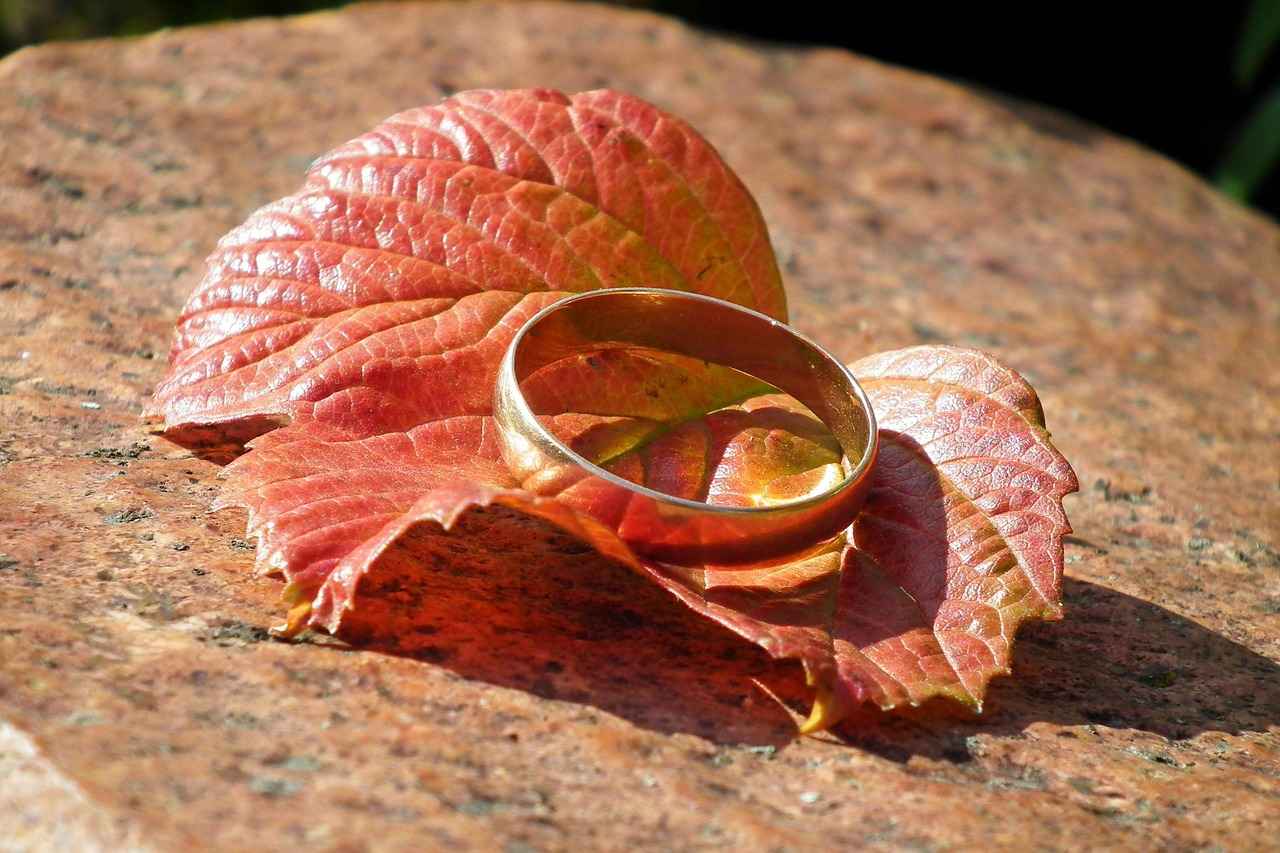
Where to Buy Quality Gold Jewelry for Investment?
When it comes to investing in gold jewelry, knowing where to buy is just as important as understanding its value. The market is filled with options, but not all retailers are created equal. Therefore, identifying reputable retailers and marketplaces is essential for ensuring that you purchase quality gold jewelry that holds its value.
First and foremost, consider trusted jewelers who have established a solid reputation over the years. Look for jewelers who are members of recognized industry organizations, such as the Gemological Institute of America (GIA) or the American Gem Society (AGS). These affiliations often indicate a commitment to quality and ethical practices. Additionally, reading customer reviews and seeking recommendations from friends or family can provide insights into a jeweler’s reliability.
Online marketplaces have become increasingly popular for purchasing gold jewelry, but it is crucial to choose certified platforms. Websites that offer a money-back guarantee and provide detailed information about the jewelry, including its certification and authenticity, are preferable. Look for platforms that offer secure payment options and transparent return policies. Some well-known online retailers include Blue Nile and James Allen, both of which are known for their quality and customer service.
When evaluating a potential retailer, consider the quality of customer service they provide. A reputable jeweler should be willing to answer your questions and provide information about the gold’s purity, weight, and any certifications. This transparency is a good indication of their commitment to customer satisfaction and trustworthiness.
Another factor to consider is the selection of jewelry available. A diverse inventory allows you to compare different styles and prices, ensuring you find an investment that suits your taste and budget. Retailers with a wide selection often have better access to high-quality pieces, which can enhance your investment.
Lastly, attending local jewelry shows or exhibitions can be an excellent way to discover reputable dealers. These events often feature established jewelers who are eager to showcase their work. Engaging with them in person allows you to ask questions and assess the quality of their pieces firsthand.
In summary, whether you choose to purchase from a local jeweler or an online marketplace, ensuring that you buy from a reputable source is crucial for making a wise investment in gold jewelry. By following these guidelines, you can increase your chances of acquiring pieces that not only shine but also appreciate in value over time.
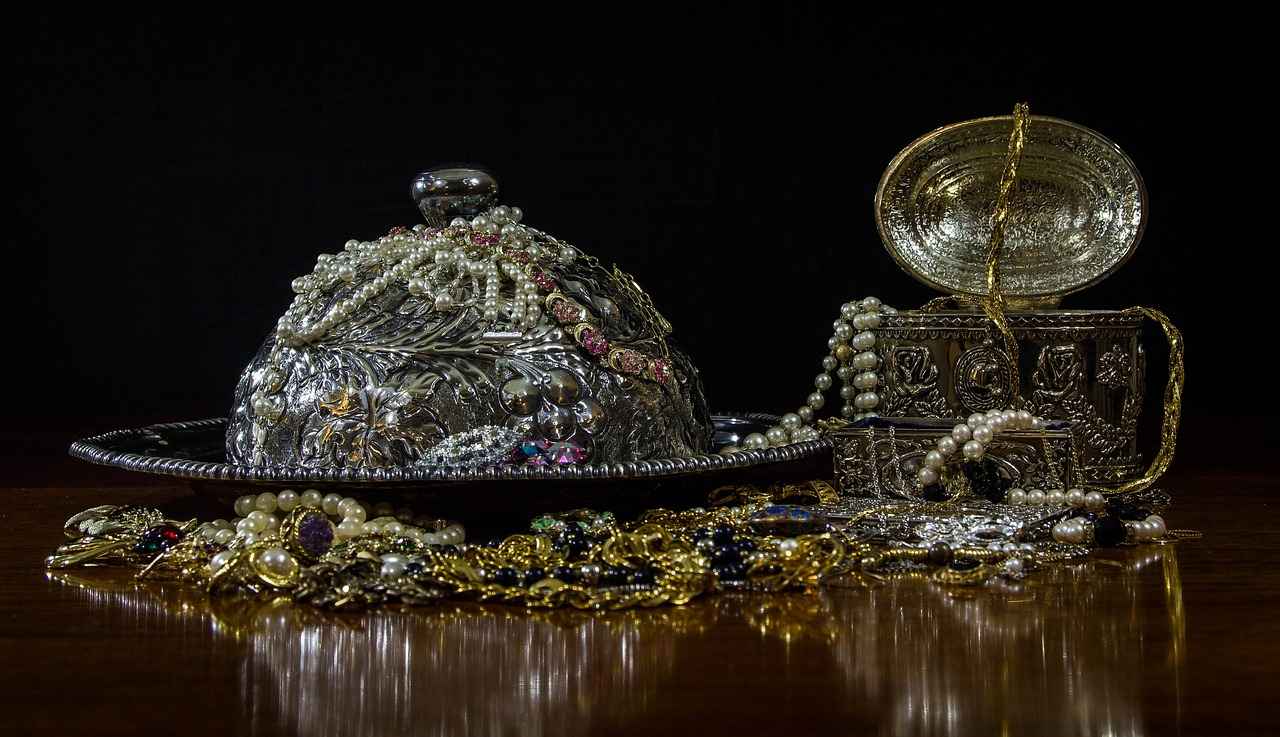
How to Maintain Gold Jewelry to Preserve Its Value?
Gold jewelry is not only a symbol of elegance and beauty but also an important investment that can appreciate over time. To ensure that your gold jewelry retains its aesthetic and monetary value, it is crucial to implement proper care and maintenance practices. This section delves into the essential steps you should take to maintain your gold jewelry effectively.
Gold jewelry is susceptible to tarnishing, scratching, and other forms of damage. Regular maintenance helps in:
- Preserving Appearance: Keeping your jewelry clean enhances its shine and brilliance.
- Preventing Damage: Proper care can prevent scratches and dents that may occur over time.
- Maintaining Value: Well-maintained jewelry holds its value better than neglected pieces.
Cleaning your gold jewelry regularly is essential. Here are some effective methods:
1. Use a mild soap solution: Mix warm water with a few drops of dish soap.2. Soak your jewelry for 15-20 minutes.3. Gently scrub with a soft toothbrush to remove dirt and grime.4. Rinse thoroughly with clean water and dry with a soft cloth.
For intricate designs, consider using a professional cleaning service to avoid damaging delicate components.
How you store your gold jewelry can significantly impact its condition. Follow these tips:
- Use a Soft Cloth: Wrap each piece in a soft cloth to prevent scratching.
- Avoid Humidity: Store your jewelry in a dry place to prevent tarnishing.
- Separate Storage: Keep different pieces apart to avoid tangling and scratching.
Having your gold jewelry inspected by a professional jeweler every few years can be beneficial. They can:
- Check for Damage: Identify any issues that may not be visible to the naked eye.
- Re-polish and Repair: Restore the shine and fix any structural problems.
How you handle and wear your gold jewelry can also affect its longevity. Here are some practical tips:
- Remove During Activities: Take off your jewelry when engaging in sports or household chores.
- Avoid Exposure to Chemicals: Keep your jewelry away from perfumes, lotions, and cleaning products.
- Wear Regularly: Surprisingly, wearing your gold jewelry can help keep it clean as the natural oils from your skin can add a protective layer.
By following these maintenance tips, you can ensure that your gold jewelry remains beautiful and retains its value over time. Remember, investing in gold jewelry is not just about the purchase; it’s also about how you care for it. Proper maintenance will allow you to enjoy your jewelry for years to come while safeguarding your investment.
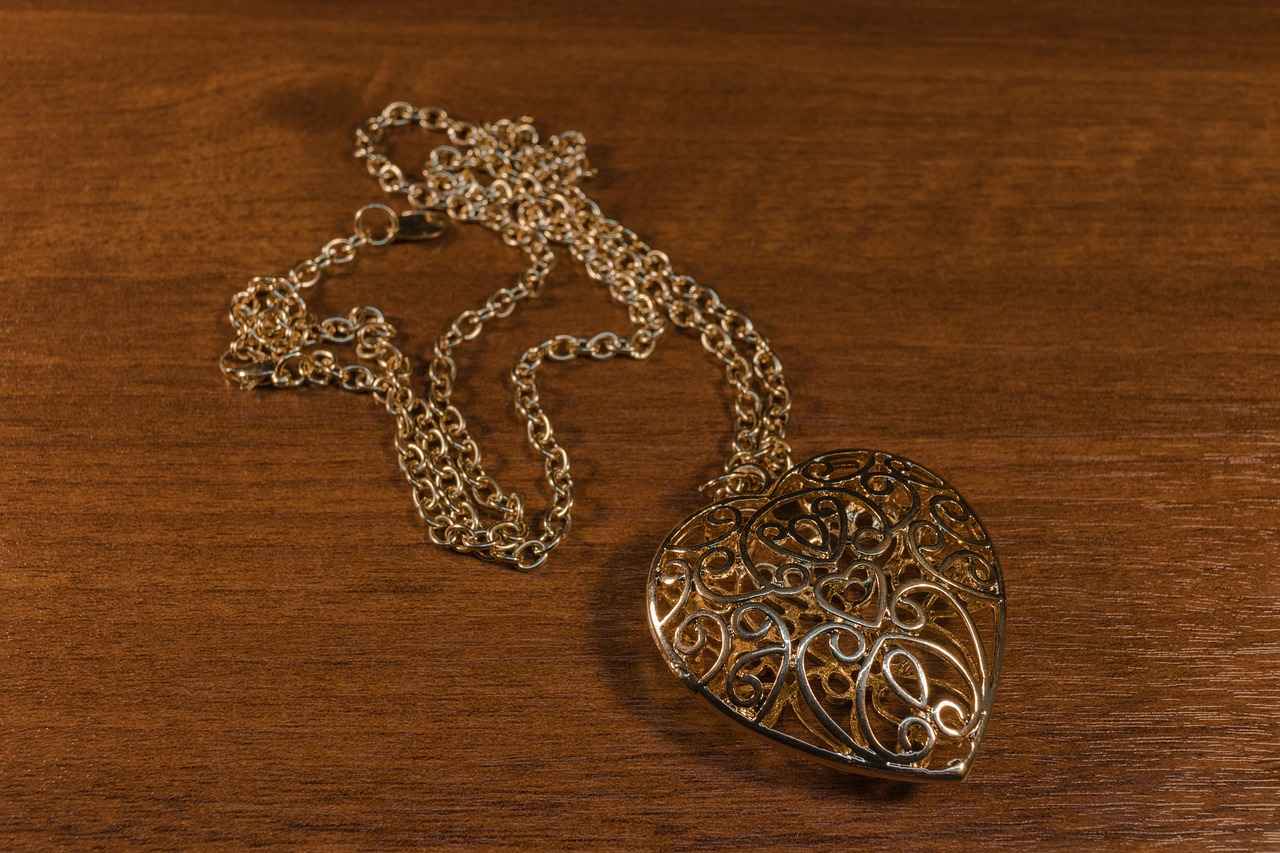
What Are the Tax Implications of Buying Gold Jewelry?
When considering the purchase of gold jewelry, it is crucial to understand the tax implications that may arise. Many investors overlook this aspect, but being informed can significantly affect your overall investment strategy. In this section, we will delve into the various taxes that may apply when buying gold jewelry, including capital gains tax and sales tax, as well as variations based on local regulations.
Capital gains tax is a tax on the profit made from the sale of an asset. When you purchase gold jewelry, its value may appreciate over time. If you decide to sell your jewelry later for a profit, you may be subject to capital gains tax on that profit. This tax can vary significantly based on your location and the duration for which you held the jewelry. In some jurisdictions, if you hold the jewelry for more than a year, you may qualify for a lower tax rate.
In addition to capital gains tax, sales tax is another critical factor to consider when buying gold jewelry. Many regions impose a sales tax on jewelry purchases, which can add a substantial amount to your total cost. This tax is typically calculated as a percentage of the purchase price and can vary from state to state or country to country. It is advisable to check local regulations to understand how much sales tax you might incur.
Some regions may offer exemptions or special considerations for certain types of gold jewelry. For example, antique pieces or jewelry that holds historical significance might be exempt from sales tax in some areas. Additionally, if you are purchasing gold jewelry as part of a business investment, different tax rules may apply. Understanding these nuances can help you make more informed purchasing decisions.
Keeping accurate records of your gold jewelry purchases is essential for tax purposes. Maintain receipts and documentation of your purchases, as this information will be necessary when calculating capital gains tax upon selling the jewelry. Furthermore, consider consulting with a tax professional who specializes in investment assets to navigate complex tax laws effectively.
Failing to report the sale of your gold jewelry can lead to serious consequences, including penalties and interest on unpaid taxes. Tax authorities may conduct audits, and if discrepancies are found, you could face legal issues. It is always better to be transparent and report any sales to avoid complications.
In summary, understanding the tax implications of buying gold jewelry is essential for any investor. By being aware of capital gains tax, sales tax, and local regulations, you can make informed decisions that will ultimately benefit your investment strategy. Always keep accurate records and consider seeking advice from a tax professional to navigate this complex landscape.

Is Gold Jewelry a Good Hedge Against Inflation?
As inflation continues to impact economies worldwide, many investors are seeking reliable ways to protect their wealth. One option that has gained traction is investing in gold jewelry. This question is crucial for anyone considering gold as a safeguard for their financial future.
Gold has long been considered a safe haven asset. Its intrinsic value typically remains stable, even as the purchasing power of currency fluctuates. When inflation rises, the value of fiat money decreases, making tangible assets like gold more appealing. Historical data shows that during periods of economic uncertainty, gold prices often rise, reflecting increased demand from investors looking to preserve their wealth.
Examining historical trends reveals that gold has consistently outperformed many traditional investments during inflationary periods. For instance, during the 1970s, when inflation reached double digits, gold prices skyrocketed, providing substantial returns for those who had invested in it. This trend has been observed in more recent economic downturns as well, reinforcing gold’s reputation as a reliable hedge.
Investors often wonder whether buying gold jewelry is as effective as purchasing gold bullion or coins. While both serve as a hedge against inflation, gold jewelry carries additional factors such as craftsmanship and design that can enhance its value. However, it is essential to consider that jewelry may not always be as liquid as gold bullion, which can be bought and sold more easily.
- Purity: The gold content, measured in karats, significantly impacts value.
- Craftsmanship: Intricate designs and skilled workmanship can add to the jewelry’s worth.
- Market Demand: Trends in consumer preferences can affect resale value.
- Condition: Well-maintained pieces retain value better than those showing wear.
Current market trends indicate a growing interest in gold jewelry as both a fashion statement and an investment. As more consumers recognize gold’s potential to hedge against inflation, demand is likely to rise. Economic forecasts suggest that as inflation persists, the appetite for gold jewelry will continue to grow, further enhancing its value.
While gold jewelry can be a valuable investment, it is not without risks. Market volatility can lead to fluctuating prices, and the potential for counterfeit products poses a significant concern. Additionally, the resale market for jewelry can be unpredictable, making it essential for buyers to conduct thorough research and authentication before making a purchase.
To ensure that your gold jewelry retains its value, proper care is crucial. Regular cleaning and safe storage can prevent damage and wear. It is also advisable to keep documentation, such as appraisals and purchase receipts, to support the jewelry’s value in case of resale.
In summary, investing in gold jewelry can indeed serve as a hedge against inflation. With its historical performance during economic downturns and its intrinsic value, gold jewelry offers a unique combination of beauty and financial security. However, potential investors should remain vigilant about market conditions and the risks involved in this type of investment.
Frequently Asked Questions
- Is gold jewelry a good investment?
Gold jewelry can be a worthwhile investment due to its intrinsic value and market demand. However, it’s essential to consider factors like craftsmanship and current market trends before diving in.
- How do I know if my gold jewelry is authentic?
To authenticate gold jewelry, look for hallmarks, perform acid tests, or consult a professional jeweler. These methods help ensure you’re purchasing genuine gold.
- What factors affect the value of gold jewelry?
The value of gold jewelry is influenced by its purity, design, brand reputation, and condition. Each of these elements plays a significant role in determining how much your piece is worth.
- Can gold jewelry protect against inflation?
Yes, gold jewelry can act as a hedge against inflation, maintaining its value during economic fluctuations. Historical data suggests that gold often retains purchasing power over time.
- What are the risks associated with investing in gold jewelry?
Investing in gold jewelry carries risks such as market volatility, potential counterfeits, and challenges in resale. It’s crucial to weigh these risks against potential rewards.
- Where should I buy gold jewelry for investment?
It’s best to purchase gold jewelry from reputable retailers or certified online platforms. Trusted jewelers often provide assurance of quality and authenticity.
